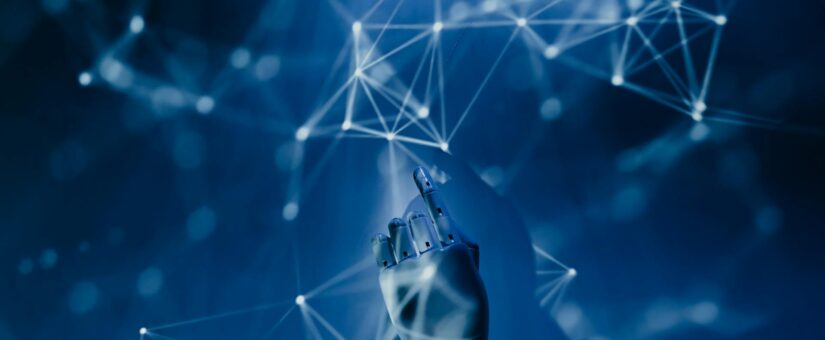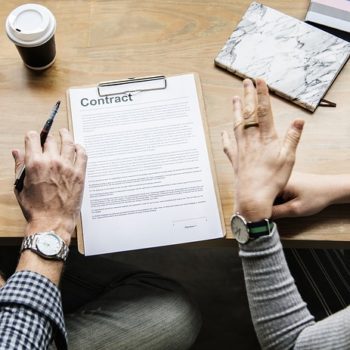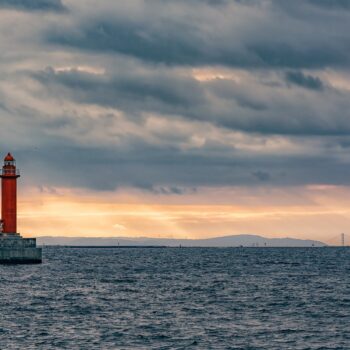
Artificial intelligence (AI) in the marine industry
Artificial Intelligence (AI) represents the capacity of technology to collect, analyze, and subsequently respond to data. With the rising popularity of luxury yacht travel, it is a crucial time for the yachting industry to focus on new technology. AI emerges as a powerful tool with the potential to greatly reinforce initiatives across the yachting sector. From enhanced navigation and autopilot systems to predictive maintenance, and advanced safety features. In fact, AI can analyze extensive data to find the best location to position a yacht for successful chartering. By processing millions of data points, AI determines the most favourable location to anchor and estimates the fuel needed to reach it. The important point is that the International Maritime Organization (IMO) proposed a strategic plan in this regard.
1) AI-powered Navigation and Safety
AI has a significant impact on navigation and safety in the yachting industry, including:
- AI-powered navigation systems offer precise and current data on water conditions, weather, and other important elements. In fact, by employing AI-powered navigation systems, yachts can navigate with greater efficiency, leading to reduced fuel and energy usage as well as emissions;
- AI can help in weather forecasting and route planning, in order to enable yachts to avoid unfavourable weather conditions;
- Safety systems powered by AI can easily identify potential hazards and promptly alert sailors about imminent dangers in real time;
- Smart AI navigation software can also calculate solar energy production and consumption, factoring in charging time and charger availability;
- The AI trip calculation predicts the yacht’s energy usage by analyzing data from past trips, including estimated speed and considering environmental variables like wind speed and direction, air density and humidity.
2) AI-powered Auto Pilot
Collision avoidance systems driven by AI play a key role in preventing accidents by detecting and warning vessels of potential collisions in advance. In other words, AI can use data from sensors and cameras to help advanced autonomous cruising and autopilot systems react to changes and avoid obstacles in real time, even enabling complex docking manoeuvres which makes sailing safer and more efficient. This system can communicate and synchronize with other yachts and navigation systems, ensuring safer yachting experiences for everyone involved. Consequently, sailors can then focus on other tasks while the boat navigates on its own.
3) Monitoring System and Efficiency
AI is transforming the yacht industry, empowering shipyards to enhance the quality and efficiency of their products and production processes. It touches every aspect of manufacturing, enabling the detection and prevention of defects, optimizing workflows, minimizing waste, and encouraging sustainable design and innovation. This revolutionary technology opens new horizons for the industry, ensuring greater competitiveness and customer satisfaction.
Additionally, AI-powered voyage optimization tools assist shipping companies in increasing their energy efficiency and significantly reducing fuel consumption (about 10%), greenhouse gas emissions, and operating costs by analyzing factors such as weather patterns and currents to determine the most efficient speeds for travel. They also contribute to monitoring and maintaining yachts, which not only extends their lifespan but also reduces the necessity for expensive repairs.
Therefore, AI technology has the capability to handle vast amounts of data. It integrates information from safety manuals and real-time data sources across all digital systems onboard to develop a thorough understanding of both the yacht and its surroundings. This merged data is then inputted into an AI algorithm, which carefully analyzes it and makes informed decisions on navigating the boat safely within the designated range or prevailing weather conditions.
Maritime Law PerspectiveBottom of Form
Transferring control of a ship to an AI system or switching to remote operation leads to legal complexities that necessitate a resolution in the context of automated maritime navigation. Automated maritime navigation refers to the navigation partially conducted through control systems and artificial intelligence. The IMO proposed a Strategic Plan in 2018 in this regard. The IMO’s plan includes a significant strategic goal to “Incorporate emerging and evolving technologies into the regulatory structure.” This entails assessing the advantages provided by such technologies while considering safety and security risks.
The IMO has conducted a regulatory assessment on Maritime Autonomous Surface Ships (MASS) and has established three levels of autonomy on maritime vessels:
- Level 1 – manual, crewed and assisted: Navigated manually by crew members on board, assisted by automatic machinery.
- Level 2 – automated by remote control: A ship navigated manually that can switch to remote control with few crew members or be operated entirely remotely. In the latter case, the on-board crew is substituted by either a land-based crew or a crew on another vessel.
- Level 3 – fully autonomous: The ship makes decisions autonomously to use an algorithmic artificial intelligence system.
For determining the regulatory framework for autonomous vessels, the IMO considered the major conventions, including: SOLAS (Safety of Life at Sea), STCW (Training and Certification), SAR (Search and Rescue) and SUA (Suppression of Unlawful Acts). Moreover, Numerous legal scholars and international organizations have recently submitted proposals to address more these issues specifically in the yachting industry. Thus, it is highly probable that we may soon see the introduction of new legal conventions in this regard.

- Posted by Niloofar Foroozanfar
- On 5 June 2024


